CHEMICAL IDENTIFICATION
-
RTECS NUMBER :
-
BZ9275000
-
CHEMICAL NAME :
-
Anisole, p-propenyl-, trans-
-
CAS REGISTRY NUMBER :
-
4180-23-8
-
BEILSTEIN REFERENCE NO. :
-
0636190
-
LAST UPDATED :
-
199701
-
DATA ITEMS CITED :
-
16
-
MOLECULAR FORMULA :
-
C10-H12-O
-
MOLECULAR WEIGHT :
-
148.22
-
WISWESSER LINE NOTATION :
-
2U1R DO1 -T
HEALTH HAZARD DATA
ACUTE TOXICITY DATA
-
TYPE OF TEST :
-
LD50 - Lethal dose, 50 percent kill
-
ROUTE OF EXPOSURE :
-
Oral
-
SPECIES OBSERVED :
-
Rodent - rat
-
DOSE/DURATION :
-
2090 mg/kg
-
TOXIC EFFECTS :
-
Behavioral - somnolence (general depressed activity) Behavioral - coma
-
TYPE OF TEST :
-
LD50 - Lethal dose, 50 percent kill
-
ROUTE OF EXPOSURE :
-
Intraperitoneal
-
SPECIES OBSERVED :
-
Rodent - rat
-
DOSE/DURATION :
-
900 mg/kg
-
TOXIC EFFECTS :
-
Details of toxic effects not reported other than lethal dose value
-
TYPE OF TEST :
-
LD50 - Lethal dose, 50 percent kill
-
ROUTE OF EXPOSURE :
-
Oral
-
SPECIES OBSERVED :
-
Rodent - mouse
-
DOSE/DURATION :
-
3050 mg/kg
-
TOXIC EFFECTS :
-
Behavioral - somnolence (general depressed activity) Behavioral - coma
-
TYPE OF TEST :
-
LD50 - Lethal dose, 50 percent kill
-
ROUTE OF EXPOSURE :
-
Intraperitoneal
-
SPECIES OBSERVED :
-
Rodent - mouse
-
DOSE/DURATION :
-
650 mg/kg
-
TOXIC EFFECTS :
-
Details of toxic effects not reported other than lethal dose value
-
TYPE OF TEST :
-
LD50 - Lethal dose, 50 percent kill
-
ROUTE OF EXPOSURE :
-
Oral
-
SPECIES OBSERVED :
-
Rodent - guinea pig
-
DOSE/DURATION :
-
2167 mg/kg
-
TOXIC EFFECTS :
-
Behavioral - somnolence (general depressed activity)
-
TYPE OF TEST :
-
TDLo - Lowest published toxic dose
-
ROUTE OF EXPOSURE :
-
Oral
-
SPECIES OBSERVED :
-
Rodent - rat
-
DOSE/DURATION :
-
1050 gm/kg/21D-C
-
TOXIC EFFECTS :
-
Liver - changes in liver weight Biochemical - Enzyme inhibition, induction, or change in blood or tissue levels - hepatic microsomal mixed oxidase (dealkylation, hydroxylation, etc.) Biochemical - Metabolism (Intermediary) - other proteins
-
TYPE OF TEST :
-
TDLo - Lowest published toxic dose
-
ROUTE OF EXPOSURE :
-
Oral
-
SPECIES OBSERVED :
-
Rodent - rat
-
DOSE/DURATION :
-
54 gm/kg/90D-C
-
TOXIC EFFECTS :
-
Related to Chronic Data - death
-
TYPE OF TEST :
-
TDLo - Lowest published toxic dose
-
ROUTE OF EXPOSURE :
-
Intraperitoneal
-
SPECIES OBSERVED :
-
Rodent - rat
-
DOSE/DURATION :
-
2100 mg/kg/7D-I
-
TOXIC EFFECTS :
-
Liver - changes in liver weight Biochemical - Enzyme inhibition, induction, or change in blood or tissue levels - hepatic microsomal mixed oxidase (dealkylation, hydroxylation, etc.) Biochemical - Metabolism (Intermediary) - other proteins
-
TYPE OF TEST :
-
TDLo - Lowest published toxic dose
-
ROUTE OF EXPOSURE :
-
Oral
-
SPECIES OBSERVED :
-
Rodent - rat
-
DOSE/DURATION :
-
286 gm/kg/2Y-C
-
TOXIC EFFECTS :
-
Tumorigenic - Carcinogenic by RTECS criteria Liver - tumors Skin and Appendages - tumors
-
TYPE OF TEST :
-
TDLo - Lowest published toxic dose
-
ROUTE OF EXPOSURE :
-
Oral
-
DOSE :
-
800 mg/kg
-
SEX/DURATION :
-
female 1-10 day(s) after conception
-
TOXIC EFFECTS :
-
Reproductive - Fertility - pre-implantation mortality (e.g. reduction in number of implants per female; total number of implants per corpora lutea)
-
TYPE OF TEST :
-
Morphological transformation
MUTATION DATA
-
TYPE OF TEST :
-
Mutation in mammalian somatic cells
-
TEST SYSTEM :
-
Rodent - mouse Lymphocyte
-
DOSE/DURATION :
-
24 mg/L
-
REFERENCE :
-
MUREAV Mutation Research. (Elsevier Science Pub. B.V., POB 211, 1000 AE Amsterdam, Netherlands) V.1- 1964- Volume(issue)/page/year: 326,199,1995 *** NIOSH STANDARDS DEVELOPMENT AND SURVEILLANCE DATA *** NIOSH OCCUPATIONAL EXPOSURE SURVEY DATA : NOES - National Occupational Exposure Survey (1983) NOES Hazard Code - X2789 No. of Facilities: 1062 (estimated) No. of Industries: 27 No. of Occupations: 29 No. of Employees: 35416 (estimated) No. of Female Employees: 9094 (estimated)
|
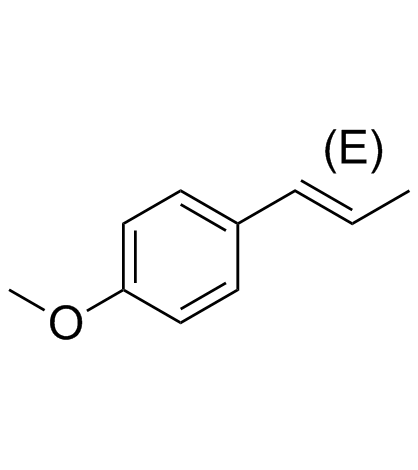


 CAS#:123-11-5
CAS#:123-11-5 CAS#:123-38-6
CAS#:123-38-6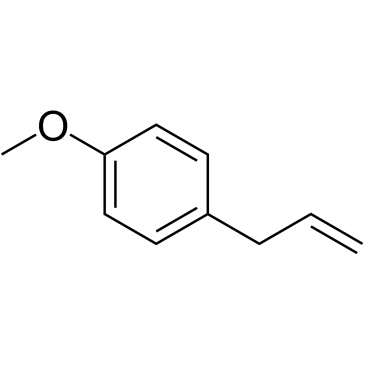 CAS#:140-67-0
CAS#:140-67-0 CAS#:201230-82-2
CAS#:201230-82-2 CAS#:104-46-1
CAS#:104-46-1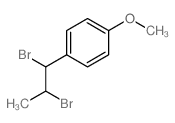 CAS#:1201-60-1
CAS#:1201-60-1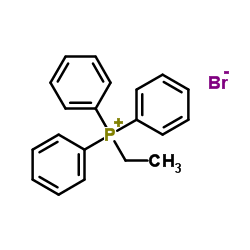 CAS#:1530-32-1
CAS#:1530-32-1 CAS#:696-62-8
CAS#:696-62-8![[(Z)-prop-1-enyl]boronic acid Structure](https://image.chemsrc.com/caspic/299/6336-44-3.png) CAS#:6336-44-3
CAS#:6336-44-3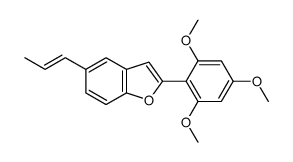 CAS#:110801-34-8
CAS#:110801-34-8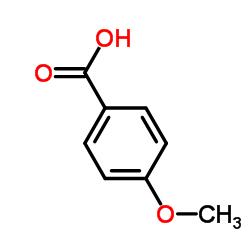 CAS#:100-09-4
CAS#:100-09-4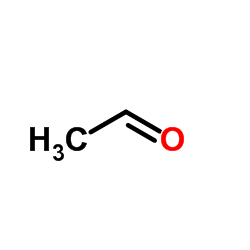 CAS#:75-07-0
CAS#:75-07-0 CAS#:122-84-9
CAS#:122-84-9 CAS#:4705-34-4
CAS#:4705-34-4 CAS#:18272-82-7
CAS#:18272-82-7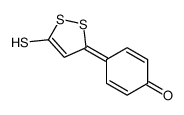 CAS#:18274-81-2
CAS#:18274-81-2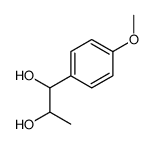 CAS#:51410-48-1
CAS#:51410-48-1 CAS#:105-13-5
CAS#:105-13-5
